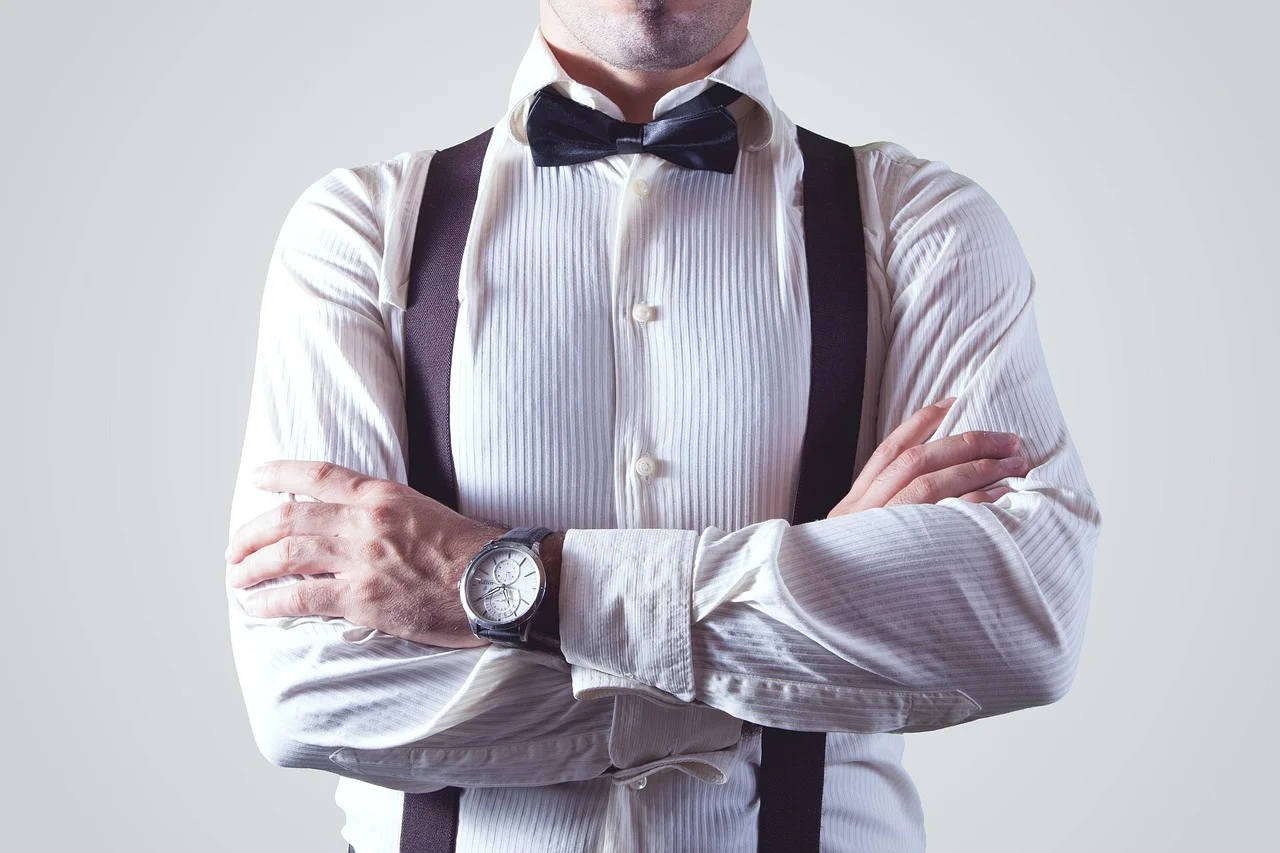At first glance, timeless fashion might appear indistinguishable from basic clothing—both often include simple cuts, neutral colors, and lack of overt embellishment. Yet, a closer look reveals a crucial distinction: while basic clothing serves a functional role in daily life, timeless fashion weaves function with enduring aesthetic value.
Defining Basic Clothing
Basic clothing typically refers to garments that provide the foundation of any wardrobe. These are the T-shirts, tank tops, plain jeans, cotton sweaters, and simple flats or sneakers that we wear for comfort and convenience. They are easy to find in stores, often inexpensive, and highly versatile. Basic clothing is utilitarian by design. Its main goal is to meet daily needs, whether that’s layering for warmth, lounging at home, or creating a neutral base for more expressive pieces.
The key feature of basics is their lack of statement. They’re not intended to draw attention or define a look. Their simplicity is practical, often seasonal, and typically tied to affordability. For example, a white cotton T-shirt purchased from a fast-fashion store might cost little and serve its purpose for a few months, but its fabric may pill quickly, its shape may warp in the wash, and it’s likely to be discarded once worn out.
The Essence of Timeless Fashion
Timeless fashion, on the other hand, transcends trends and seasons. It consists of pieces that remain stylish regardless of shifting cultural preferences. Think of the crisp white button-down shirt, the trench coat, the little black dress, or a pair of well-fitted dark denim jeans. These items have stood the test of decades because of their balance between elegance and utility, structure and simplicity.
Timeless fashion is marked not just by appearance, but by quality, craftsmanship, and design intention. A timeless piece doesn’t chase novelty; it anticipates longevity. The materials are carefully chosen—often natural fibers like wool, silk, leather, or linen—ensuring durability and a sense of refinement. The construction tends to emphasize flattering silhouettes and tailored fits that adapt to a variety of settings.
For instance, a classic navy blazer is not just another jacket. When made well, it conveys sophistication, pairs with numerous outfits, and can be worn to professional meetings or social gatherings alike. Its versatility lies in its thoughtful design, not just its plainness.
Longevity and Emotional Connection
Another subtle but powerful distinction is the emotional longevity that timeless fashion offers. Basic clothing is usually replaced without much thought or sentiment. A pack of socks, a $10 T-shirt—these are rarely remembered once they’ve worn out. Timeless garments, however, often carry stories. They may be investment pieces purchased for a significant life event, heirlooms passed down through generations, or staples that have accompanied someone through major life transitions.
The relationship people develop with timeless items grows over time. Their value increases not just because they last longer materially, but because they come to represent consistency, maturity, and a sense of self. A leather handbag that has developed a patina over years of use becomes more beautiful, not less. This ability to age gracefully is at the heart of timeless design.
Aesthetic Restraint vs. Aesthetic Neutrality
Basic clothing tends toward aesthetic neutrality—it tries not to be seen. Timeless fashion, however, is about aesthetic restraint. It holds back from extravagance not because it lacks identity, but because it understands the power of understatement. There is an art to dressing simply yet meaningfully, and timeless fashion strikes that balance.
Take the example of a camel-colored wool coat. It may appear minimalistic, but its silhouette, structure, and finish speak volumes. The neutrality is purposeful, not incidental. It suggests taste, care, and a rejection of excess. Timeless fashion isn’t about disappearing into the background; it’s about standing out in quiet, confident ways.
Investment vs. Convenience
The approach to purchasing also differs. Basic clothing is often acquired out of immediate need—it’s reactive. Timeless fashion involves intentionality and planning. It often requires a larger upfront investment, but the cost-per-wear tends to be significantly lower over time.
People who build wardrobes around timeless pieces usually adopt a long-term mindset. They may own fewer items, but those items do more. This shift encourages sustainable consumption, as one focuses on quality over quantity. In contrast, reliance on basics, especially if they are of low quality, may encourage frequent replacement and greater waste.
Cultural and Historical Anchoring
Timeless fashion is also anchored in cultural and historical resonance. Many of its staples have roots in military, workwear, or historical silhouettes that carry a legacy. The trench coat emerged from World War I, the pencil skirt from post-war refinement, and the leather jacket from aviation and rebellion. These stories enrich the garments and give them cultural weight.
Basic clothing, while useful, is often designed in a vacuum—detached from history or narrative. It serves a role but does not contribute to a broader conversation about style, identity, or tradition. In this way, timeless fashion connects the wearer to a lineage of design and meaning, while basic clothing serves as a placeholder.
Practical Tips for Differentiation
If you’re trying to distinguish between the two in your wardrobe or while shopping, ask yourself a few questions:
-
Will this item still look good five years from now?
-
Does it pair easily with multiple outfits in various settings?
-
Is the construction and material built to last?
-
Does this piece elevate my look in a subtle but impactful way?
If the answer is yes to most of these, you’re likely looking at a timeless piece. If it simply meets a practical need today but is forgettable tomorrow, it’s probably just a basic.
While both basic clothing and timeless fashion play important roles in a wardrobe, understanding their differences can change the way we dress and shop. Basics offer comfort and convenience, but timeless fashion adds depth, intention, and a sense of continuity to personal style. By moving beyond functionality and embracing the enduring appeal of well-designed pieces, we can create wardrobes that reflect not just the moment, but the essence of who we are across time.

